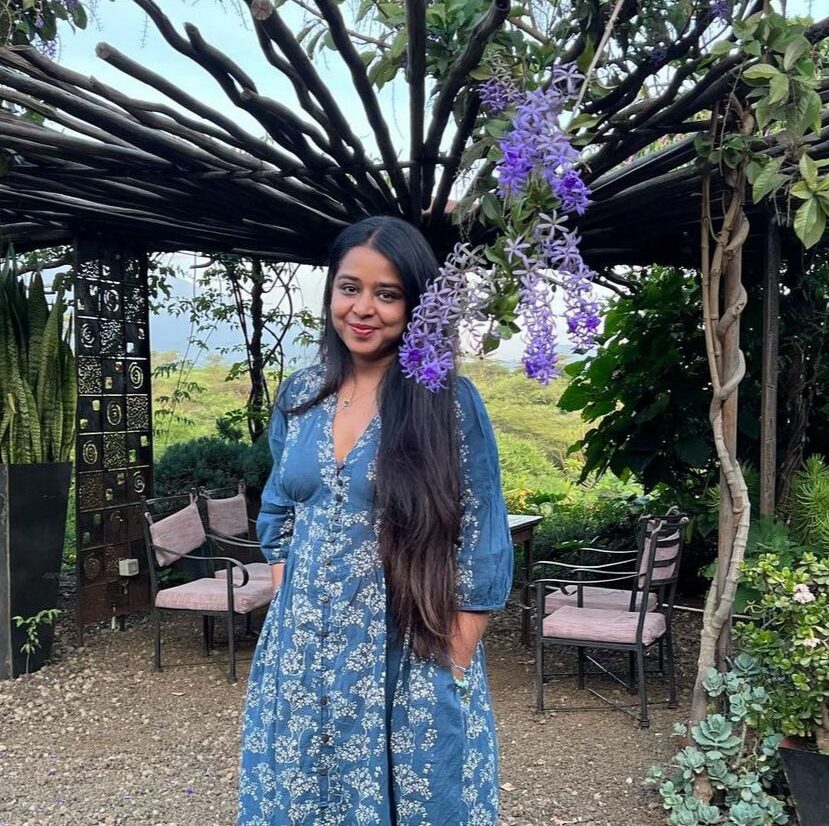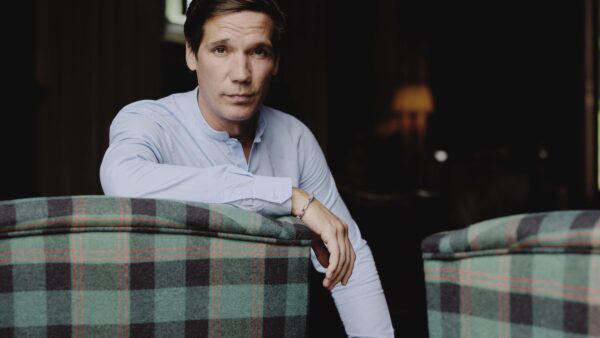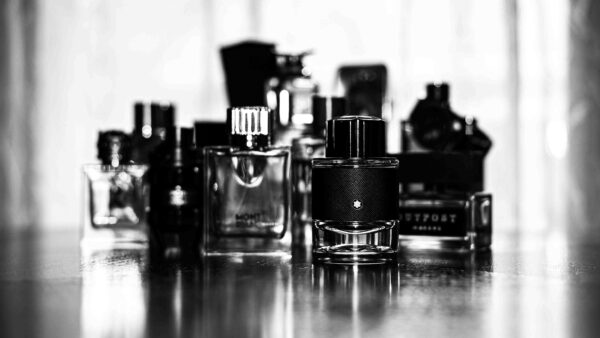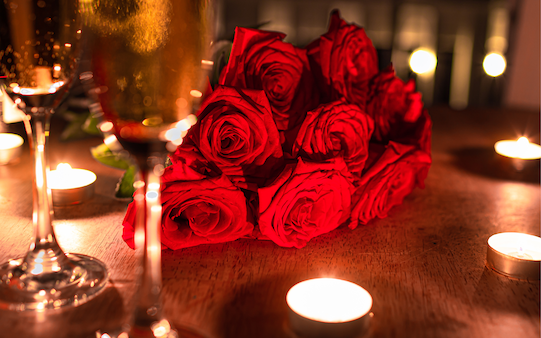Some perfumes are just passing whims, some others are infatuations, and very few make enough of an impression to become lifelong affairs. If you tend to gravitate towards timeless elegance, we’ve scoured through our archives to list down all the scents that should be the building blocks of your fragrance closet. These perfumes created a stir in their heydays and have stood the test of time since. If perfume is an art that makes memory speak, these classics are masters at oration. Here’s a peek at all the fragrances that were roaring trendsetters in their time, and have graduated to being eternal divas.
Chanel No. 5 (1921)

Marilyn Monroe’s provocative revelation that she wore ‘five drops of Chanel No. 5’ to bed catapulted the already famous fragrance to becoming an overnight sensation. When it was released, Chanel No. 5 was the height of chic modernity—that is common knowledge. But what you may not know is that the concoction was rumoured to be the result of a laboratory mistake. Ernest Beaux’s assistant had added a dose of aldehydes (known for their clean aroma) in a quantity never used before, and the rest is history. The scent of aldehydes, grass jasmine, rose and sandalwood has a fresh, clean, and luxurious appeal that has surpassed trends and generations to become an immortal masterpiece.
Guerlain Shalimar (1925)

Inspired by the love story of Shah Jahan and his wife Mumtaz, perfumer Jacques Guerlain created this sensual fragrance. It is believed that the emperor was so madly in love with Mumtaz that he had the Gardens of Shalimar created, replete with rare blooms and murmuring fountains. A perfect contrast and balance of robust floral notes of jasmine rose and iris, the freshness of bergamot and lemon, and an addictive trail of vanilla and tonka bean, this scent is as perennial as love itself. In an ode to the exotic, Madam Raymond Guerlain incited interest in it when she wore the perfume while crossing the Atlantic to New York.
Jean Patou Joy (1929)

“Just like men, perfume is never perfect right away, you have to let it seduce you,” Jean Patou once famously remarked. And Jean Patou Joy, known as the most expensive perfume in the world for years, seduces with its opulent composition and is documented as Jacqueline Kennedy’s favourite scent. Just one ounce of the heavily floral scent contains more than 10,000 jasmine flowers and 28 dozen roses—talk about a heavenly sniff.
Miss Dior (1947)

“Make me a fragrance that smells of love” was Christian Dior’s brief to the perfumer, and that’s why Miss Dior is popularly called the scent of love. The designer also believed that long after one has forgotten what a woman wore, the memory of her perfume lingers. Thus, this fragrance was designed to leave a memorable trail with the amalgamation of rose, gardenia, sage, and green florals. Ever since its launch, this scent has remained a crowd favourite across generations.
Hermès Calèche (1961)

Created by Guy Robert, Calèche is the first women’s fragrance from Hermès. In fact, the very name refers to the horse-drawn carriages that are emblematic of the French high fashion label. Calèche is a timeless chypre that balances the freshness of vetiver (khus) with floral accords of jasmine, rose, and iris, and rests on a generous base of sandalwood. It has a distinct scent which is not just tough to ignore, it’s also almost like an acquired taste—if it grows on you, it will linger for a lifetime.
YSL Opium (1977)

If you like to fade into the background in a social setting, this is not your scent. This classic oriental composition blends exotic florals (carnation, lily of the valley, rose) and spices (cloves, coriander) with wood notes (cedarwood, sandalwood, amber, incense, vetiver). When it launched, Opium’s controversial name brought accusations that brand designer Yves Saint Laurent was condoning drug use, but that only got it more publicity. To channel the oriental vibes, it was flamboyantly launched on a ship draped with banners of gold, red and purple, and a 1,000-pound (450 kg) bronze statue of the Buddha, decorated with white orchids.
Elizabeth Arden Red Door (1989)

A tribute to the iconic Red Door Spa and its red door, this fragrance is a blend of rich florals including freesia, roses, and orchids with honey and sandalwood, and has an interesting just-perfect sweet dry-down. Over the years, its packaging has become more glossy and glamorous, but the juice inside remains the same.
Angel by Thierry Mugler (1992)

For his first perfume, designer Thierry Mugler wanted the concoction to be blue (a departure from the usual amber and gold), and the bottle to be star-shaped, symbolic of all the dreamy nights he spent under starlit skies. All except one glassmaker refused to take on this ‘impossible’ project, citing technical difficulties in the execution. To overcome these challenges, a special machine was designed that could transform glass into a star-flacon. Later, Mugler went on to make Angel refillable, because the star-shaped bottle was too exquisite to throw away, not to mention way too expensive to re-purchase, thanks to the complicated design. Said to be the first-ever gourmand orientals, it was a lavish feast of crème caramel, cotton candy, raspberry macarons, candied fruit, chocolate, and honey balanced by the sharp strength of patchouli.
Issey Miyake L’Eau d’Issey (1992)

There was something so refreshing about a perfume in the ’90s that was as clear as water, in a simple and beautiful bottle. Issey Miyake designed the bottle himself, based on a view of the moon behind the Eiffel Tower from his Paris apartment. This one was the first ‘water-inspired’ fragrance—a timeless harmony of woods and flowers—but there have been other L’Eau d’Issey innovations since.
CK One by Calvin Klein (1995)

CK is the first mainstream perfume to break the gender barriers and cater to contemporary man and women. The androgynous scent opens with fresh, citrusy top notes, slowly moving into a floral heart spiked by nutmeg and finally resting on a woody base of amber, musk, cedar, oakmoss, and green tea.
Carolina Herrera 212 (1997)

Inspired by the energy and freedom of New York City, this floral-musky fragrance is named after Manhattan’s telephone code. The packaging is a design marvel by itself, as it houses two 212 bottles, allowing you to carry one with you and leave one at home. It is also designed to have the ability to either stand tall or lay flat.





